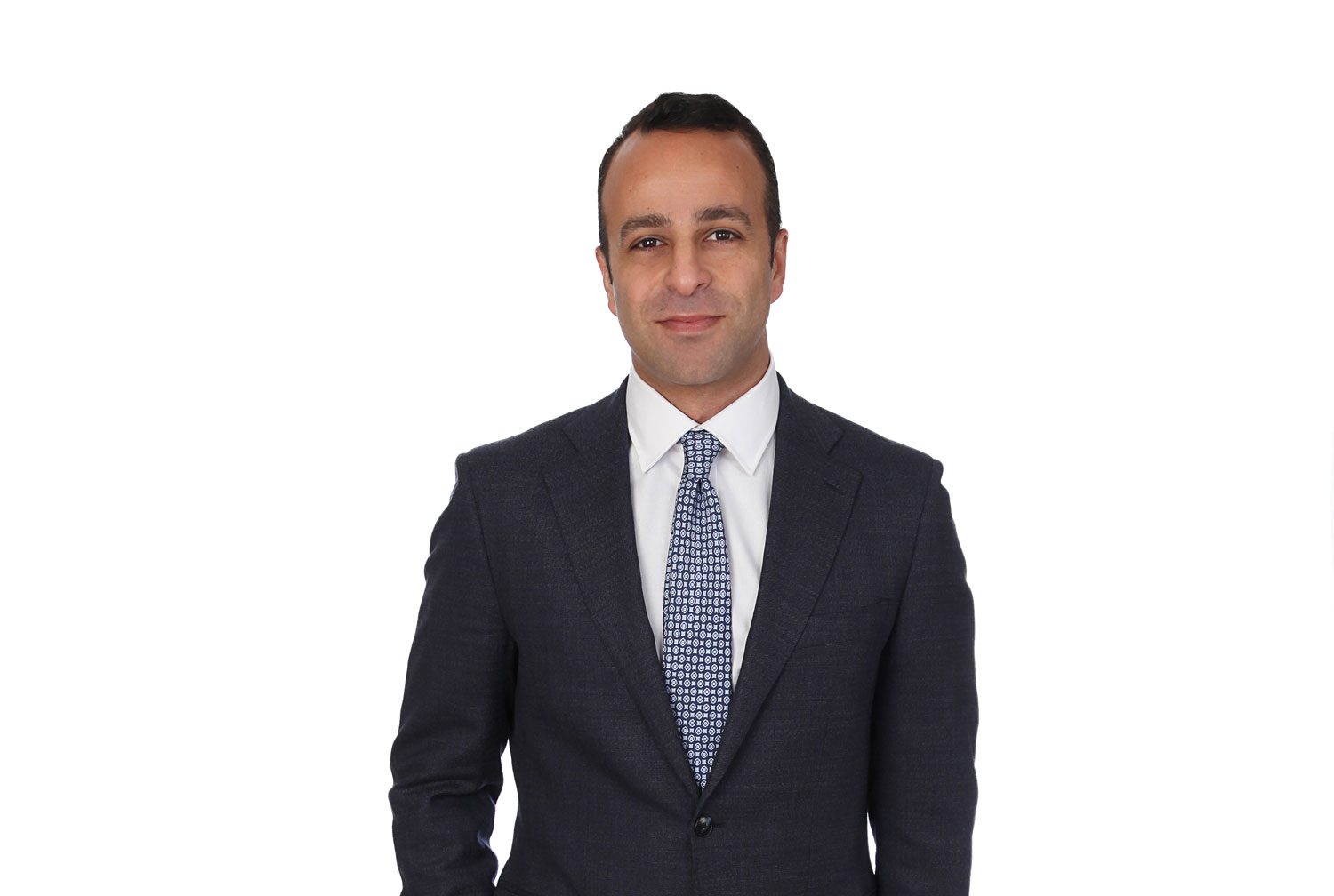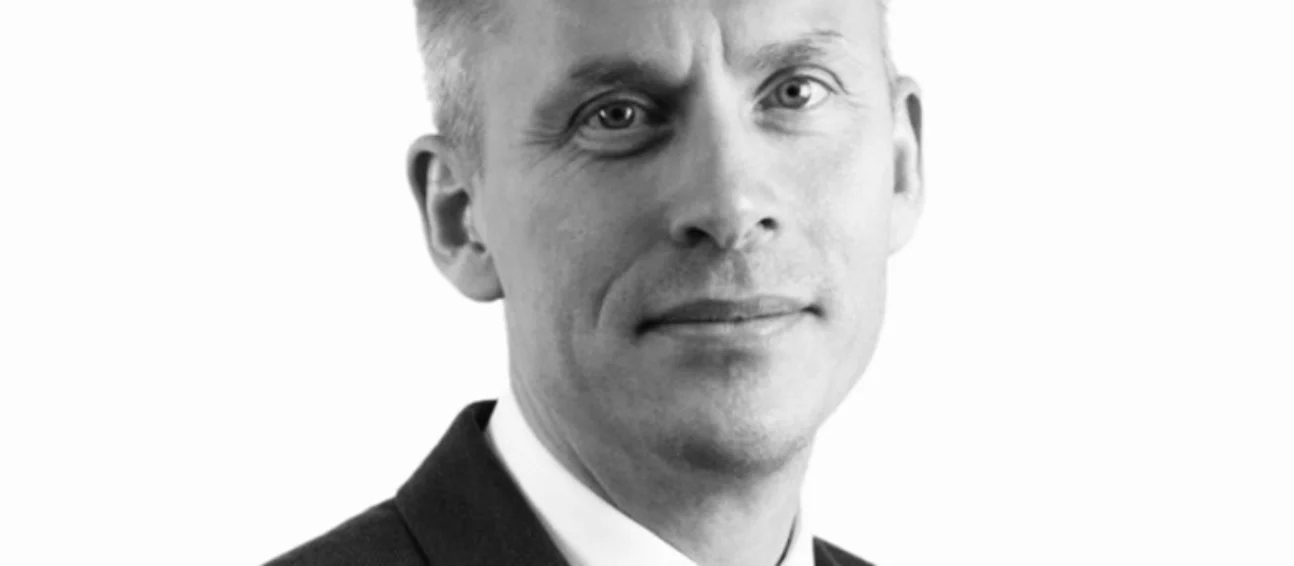By Hamlin Lovell, NordicInvestor
Like most emerging and frontier markets, Egypt has seen a sharp pullback this year as a stronger US dollar has been associated with a selloff throughout the space. Nordic Investor interviewed two frontier market specialists who invest in Egypt: Vergent Asset Management’s Ali Al-Nasser, and Tundra Fonder’s Mathias Althoff.
Egypt’s currency devaluation and IMF programme in November 2016 provided the catalyst for Tundra Fonder to enter the market. “The market was effectively closed due to FX issues, and the IMF programme also involved a long list of reforms including subsidy cuts. We found attractive valuations. Sticky inflation and delayed interest rate cuts are two worries, but we think Egypt’s economy will continue to recover.” says portfolio manager, Mathias Althoff, who recently visited the country.
The IMF has recently downgraded global growth forecasts in general, but remains relatively upbeat on Egypt, forecasting growth of 5.5% in 2018 and 2019, rising to 6% out to 2023. “As such, Egypt is amongst the fastest growing economies in either emerging or frontier markets, and is somewhat unusual in being a very small part of both emerging and frontier market equity indices: de-listings and the currency devaluation have reduced Egypt’s representation in emerging market indices, but privatisations and IPOs could increase it in future” says Vergent Asset Management portfolio manager, Ali Al-Nasser.
After five tough years of declining investment and demand, drivers for growth now include a new investment law, a bankruptcy law, a recovering tourism industry, and oil and gas discoveries, not to mention some FDI. There are also hopes that lower interest rates could reignite credit and capital spending cycles, and let companies make use of their spare capacity.
“A large population of 100 million people, growing at 2.2% per year, with a median age of 24, and a GDP per capita of around USD 3,000 bodes well for future consumption growth that can be both scalable and exponential given its starting at a higher base than many African countries” says Al-Nasser.
Politics
Political turbulence – seen in changes of Government, death sentences for Islamists, confiscation of Muslim Brotherhood assets – goes with the territory in many frontier markets, but Althoff overall judges that politics has stabilised as President el-Sisi pushes forward with unpopular reforms related to the IMF programme. “We do not see a repeat of 2011-2013 as the population are generally content and want stability, so long as the economy grows” he says.
“The actions against the Muslim Brotherhood appear to be an isolated case and should not be viewed in the context of a wider approach to private sector investment in the country. In fact, Egypt has been open to foreign investment for a few decades now, and arguably the framework for attracting foreign investment has seen good improvement in the last few years. Egyptian companies have been involved with foreign investors for a long time and so we find that they rank highly in areas like investors relations and transparency when compared to other frontier markets.” says Al-Nasser.
The local investor base is 60% retail and 40% institutional, of which 60% are locals and 40% are foreign. The foreign category is broken down into 25% non-Arab and 15% from Arab countries as per the Egypt Exchange classification. Locals tend to be more active in real estate and state-owned enterprises, while foreigners are more involved in larger caps and financial services and consumer. “Local participation drives the market” says Althoff.
Debt and FX
Moodys suggests that Egypt is vulnerable on the debt side, and on the face of it a debt to GDP ratio of 90% of GDP with interest rates of 20% results in very high debt service costs. But default is not expected as the debt to GDP ratio is coming down and should fall further as GDP accelerates – and if interest rates come down.
Another currency crisis seems unlikely as, partly thanks to the 2016 IMF programme, foreign exchange reserves have reached USD 44.5 billion, which covers 8 months of imports. Moreover, expanding oil production should improve the trade deficit, which is down to 2.5% of GDP. “Long term the Zohr Gas field should save up to $3 billion on the import bill” says Althoff. “Egypt was once a net exporter of natural gas, but years of underinvestment following the first revolution in 2011 led to a net import position. Recent substantial discoveries such as the Zohr field could restore it to a net export position in the medium term” says Al-Nasser.
Valuations
To rationalise equity valuations, investors have to hope that local short-term interest rates n 3-month T bills of 20% (ten year bonds yield 14%) will come down, and use lower numbers for valuation models. Currently, the market’s earnings yield of around 13% is below the risk- free rate. “We expect inflation to come down to single digits by 2019, which will allow for rate cuts” says Althoff.
A PE ratio of around 8 times makes Egypt one of the cheapest markets, and Al-Nasser argues that “earnings are just off the trough of the cycle reached in 2017. Companies have become very lean and efficient so have a significant scope to expand margins as a recovery in demand leads to an increase in capacity utilisation which will not require much in the way of incremental investments”.
Althoff reckons that, “Egypt stands at a 20% discount to the average EM and frontier valuations around 10.5 times, and in fact a larger discount to most other MENA and African markets, with Saudi Arabia and Qatar at 14 times, and Morocco at 17 times. Granted, Nigeria is cheaper on 7 times but recovery there is proceeding much more slowly”.
Additionally, he calculates that, “the currency is probably the cheapest in frontier markets, being being approx. 20% undervalued”.
Al-Nasser thinks that, “absolute valuations in terms of market caps and enterprise values may be more meaningful from the perspective of potential acquirers. Egypt has plenty of market-leading companies valued at below USD 500 million that could be attractive targets for multinationals seeking to enter or expand their footprint in the market”.
Sectors and stocks
Al-Nasser has around 18% of his frontier markets strategy invested in Egypt, spread across three consumer-facing sectors: consumer, healthcare and financial services. He owns seven companies with a median market cap of $450 million. All bar one is locally listed. Al Nasser noted that as an investable universe, over 90% of the Egyptian listed equity opportunity set resides in local listings rather than in the small number of GDRs, ADRs and LSE listed stocks. By way of contrast the Market Vectors Egypt ETF (NYSE:EGPT) has a market cap of only around $37 million, which can raise liquidity issues.
Althoff has 55% of his Africa portfolio in Egypt, 35% in Nigeria, and the rest in Ghana, Botswana, Mauritius and Uganda. Tundra does not pay attention to benchmarks, but the Egypt sleeve of Althoff’s fund has outperformed the local indices.
Althoff owns CIB, a bank that belongs to the EGX30 index, which was voted by Euromoney as the best emerging market bank. It is relatively expensive on around three times book value but has a huge return on equity of 28%. Althoff also owns a local listing of French bank Credit Agricole, which trades on a lower valuation.
Both portfolio managers coincidentally chose to focus on the same stock: LSE-listed Integrated Diagnostics Holdings [IDH: LSE]. “IDH runs nearly 400 diagnostics labs across its network and Egypt represents the majority of its earnings. Egypt is a very attractive healthcare market, ranking high on global obesity and smoking scores globally, and characterized by high prevalence of hepatitis C and diabetes and a large diagnosis gap. IDH’s brands, its network, and its laboratory testing capacity and capability give the company a demonstrable competitive edge in what is a highly fragmented market. The company generates superior returns on capital due to its low capital intensity and ability to generate cash from its working capital. IDH has also expanded its operations beyond Egypt and has market leading presence in Jordan, Sudan, and most recently Nigeria” says Al-Nasser. “IDH benefits from economic growth and the structure of the local healthcare market, and has good traction with both retail customers and corporates” says Althoff.
A pipeline of IPOs may increase the universe in sectors such as real estate, infrastructure, oil and gas, as the Government sells down stakes in up to 33 companies. Althoff has met some very interesting potential IPOs, but is not likely to subscribe, as he would “rather wait and see how they trade after listing to get comfort on their numbers”.
Settlement, custody, repatriation and trading
“Settlement routines are straightforward, and there is an established custody model” says Al-Nasser.
Repatriation can be done through the exchange mechanism or the interbank market. “When there were FX liquidity shortages, everyone used the exchange mechanism, but it has now become expensive, costing 1% on the way in and 0.5% on the way out. This pushes us into the interbank market” says Althoff.
Those costs should however be seen in the context of trading costs which are generally higher in frontier markets. “Commissions, custody fees, and stamp duties all add to the costs of trading, which are high in Egypt – but not as high as the 2.5% round trip cost in Nigeria” says Althoff.




